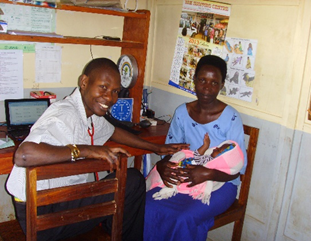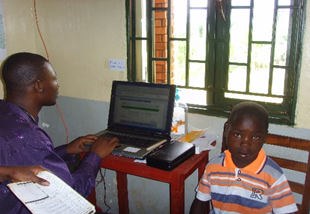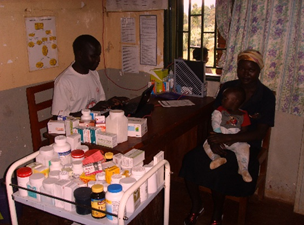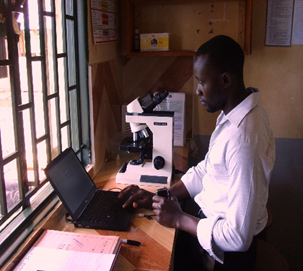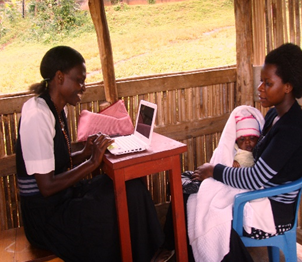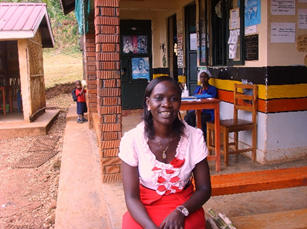User Feedback - A typical day at the clinic
Station Two
Julius runs Station Two measuring observations e.g. height/weight upper arm circumference, temperature and blood pressure.
He feels “Before the computer all my measurements were only useful for that day only. Now we can look back at other results and compare and it all seems lots more worthwhile and useful”.
Station Three
James, senior Clinical Officer, works at Station Three where patients are examined and diagnosed.
He states “Not writing instructions or noting measurements for other staff members on bits of paper but using the computer makes everything so much more accurate and instructions are now clear. Monitoring progress of illnesses now does not rely on me or patient remembering. It has made such a difference but you have ALL to work hard at keeping everything you enter accurate.”
Laboratory
Emma works in the Laboratory taking finger pricks of blood for testing and diagnosing malaria using the microscope
He says “Our system involves patients pushing a hand through the bars for me to take blood. I am certain before the computer patients would do this and ask for tests like malaria because they wanted it. I can now check if the test has been requested at station three. This is much safer and has saved money. The computer means my results are available on screen and so more accurately and the clinicians can check results without needing to read my written log in the laboratory."
Station Five
Grace works at Station Five which is a fantastic station where ALL patients must be seen before they leave to ensure they understand what the clinician has said, how to take any medication given and how to prevent becoming ill like this again.
She is delighted with the computer, as you can see, and says “Before the computer I had to decide what the diagnosis was from the drugs given. If non given I had to rely on what the patient remembered. Now it is so much better as I can see everything on the computer. I can give better advice and be more accurate with instructions. I now get screen messages to ensure patient knows when to return or to repeat things if clinician feels patient not understood. This must mean patients understand more and get better treatment. I don’t want to go back to the old way”


